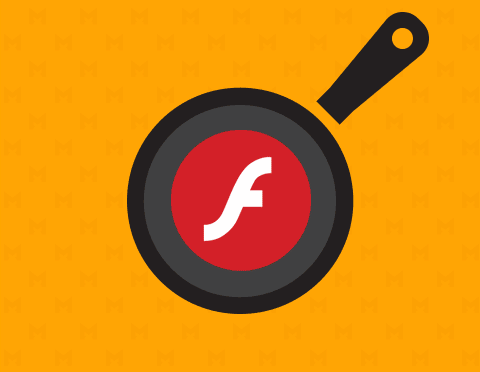Preparing for the HTML5 Interactive Era
As the days of Flash steadily draw to an end, advertisers have been preparing for the technology’s demise for some time; however, the upcoming change to the way in which Google’s Chrome browser handles Flash content is perhaps the greatest incentive to make the Flash to HTML5 transition so far, explains Senior Digital Producer, Rachael Lindsay.
The Chrome Power Save feature, which has already been enabled by default in the Chrome Beta desktop app, will roll-out to everyone else as quickly as September.
What this means to advertisers is that, rather than auto-play Flash banner ads, Google’s browser will intelligently pause Flash animations that it does not consider to be a key feature of the website content.
Flash ads will appear as greyed-out, static images with a ‘play’ button overlaid. Website visitors therefore have the option to play the ads, but interactions are predicted to drop significantly as a result of the change, leading to lower click-through rates and conversion levels.
We can expect other browsers, publishers and technology providers to adopt a similar strategy in the not too distant future, so it’s highly important to ensure that digital advertising campaigns are converted to HTML5 to avoid wasted budgets.
Luckily, moving from Flash to HTML5 can be a simple transition; there are a number of creative toolsets available for the conversion of existing content and creation of new, more engaging and better performing, HTML5 ads.
Multiply are currently supporting a number of clients with the move over to HTML5 interactive advertising.
Contact the team if you have any questions, or would like to discover more.




